In the Non-Traditional Homes Battle, Tiny Homes had such a fantastic performance, we’ve decided to dig deeper into what makes this alternative housing choice such a popular up and coming trend! We’ll talk about the good and bad, and, hopefully, at the end of it, you’ll have a much better understanding of what makes tiny houses so hot!
Why Tiny Houses?
Some turn to alternative housing by necessity, some by a philosophical choice. Yes, the costs of owning and maintaining a large house are known to be too high nowadays. With a yet-to-be-solved economical problem caused by Agequake, for an increasing number of Millennials, the dream of owning a regular house is just out of reach. In come tiny houses: much easier and inexpensive to build.
Tiny homes range from small houses built on trailers and designed to be pulled around from place to place, to homes built into a hillside or in the branches of a spreading tree. All achieved through much more modest figures than those required to build a regular size property on those same places.
Who Lives in Tiny Homes?
But the money aspect is just part of it. There’s an increasing questioning of Baby Boomer values, to which the tiny footprint and mobility of tiny houses on wheels attend to. Choosing alternative housing is not just an economic decision but a lifestyle choice against waste and quality of life which (mostly) Millennials are increasingly taking.
But aside from those who decided to walk the alternative housing path in the name of principals and the ones who have no other option because their pockets don’t run that deep, retirees and empty nesters are also finding tiny houses to have immense appeal because they feel they have no use for a big house with lots of rooms anymore; a smaller house makes them feel less depressed and tired.
Tiny home for retirees
In the case of the retiree, localization is also not an issue anymore – or at least the parameters changed. The house they live in doesn’t have to be close to their workplace. They can move to an area with features they value – like a beach, a pond or a mountain. They can move closer to their kids, or back to where they grew up. And the same thing for empty nesters, who don’t need to be within the best school districts anymore.
Their dream neighborhood becomes the one who provides the most features to them and nobody else and finding a space for a tiny house will be much easier and less expensive than doing the same for a regular sized one.
A solution to the homeless problem
Lastly, a lot of the homeless population is likely to start living in Tiny Homes. That is because a lot of NGO projects that aim to solve the homelessness problem in America have turned to tiny homes as the best solution to it. Once 3D-Printing Construction – and its building codes – comes of age, it’s likely to be paired with those initiatives and make a perfect marriage in the fight to eradicate the number of people with no roof under their heads.
How big are tiny houses?
While “tiny” can be a relative term, most tiny homes are between 65 and 400 square feet. A tiny home trend that became popular because it met financial needs but also because it’s less harmful to the environment is building shipping container homes.
You use a storage container as the outer structure of the home and can easily customize it by cutting its metal and taking advantage of its modular shape, stacking one or two more shipping containers making that shipping container home a tiny house mansion.
What are the Benefits of Tiny Homes?
Before we start talking about the minutiae of what makes tiny homes tick, we thought it would be a good idea to go over some of the benefits of owning a tiny home. These little domiciles may not seem particularly impressive at face value, but they pack a long list of salient features that will make you seriously consider building or buying one.
Lower monthly expenses
First and foremost among the reasons to buy or build a tiny home is the minimal monthly costs you’ll have to cover when it comes to maintenance, utilities and other upkeep expenses. If you’re on a limited budget, you’re sure to benefit greatly from this supplementary advantage of owning a tiny home.
Among these minimized expenses are the lowered utility costs. With limited area, fewer lighting fixtures and less air conditioned space, your monthly heating and cooling bills will undoubtedly come in substantially lower than you might expect. For limited budget home buyers, this is going to make a huge difference.
Less time spent on cleaning and maintenance
Another great advantage of owning a tiny home is the reduced time spent cleaning and maintaining your home. A home this small, when coupled with some efficient organizational solutions, is sure to be much easier to keep sparkling clean than a larger, more spacious dwelling place.
For those with severe time constraints due to work, school or other engagements, the ability to clean your entire home in a matter of minutes can be a tremendous advantage. What’s more, you may be left with little or no choice when it comes to decluttering and getting rid of unnecessary junk. If you’re looking to adopt a minimalist lifestyle, this is a good way to do that!
Fewer worries over being able to make rent or mortgage payments
While the previous two entries on this list are definitely nothing to scoff at, this perk might just be the one that wins you over. What is this compelling talking point, you ask? Why, money, of course! More specifically, the impact that ownership of a tiny home will have on your personal bank account.
The thing is, tiny homes cost less. They cost less to insure, they cost less to mortgage, and they cost less to rent. This means that you’ll be spending less on monthly payments, whether those are rent payments, mortgage payments or home insurance payments, the bottom line is that you’ll be worrying less and saving more!
Lower environmental impact
Last but certainly not least is environmental impact. Whether you’re particularly environmentally conscious or not, the simple fact is that tiny homes have a much less pronounced impact on the environment from every point of view. They generate fewer greenhouse gasses, fewer carbon emissions and they have a smaller impact on the environment as a whole.
If you’re looking to do your part to reduce pollution and curb climate change, building, buying or renting a tiny home is sure to contribute to this goal. When you’re living in a tiny home, you can sleep easy at night with the knowledge that your life at home is impacting the environment in a positive way rather than a negative way.
Do tiny houses depreciate?
What about deprecation for tiny homes? Yes, they do. But that’s a moot point because the savings you make (and the gains you accrue; since time equals money) once you adhere to this form of alternative housing, far exceeds the quantity you “lose” because of depreciation. And it’s easy to understand why: because of the less time you spend cleaning the home, for instance, you get to not only enjoy it more but are able to be free to do stuff out of the house as well.
Once you don’t have to spend so much with cleaning products, furniture and several small stuff that adds up big time to your bills, your spending power rises and you start having time and funds to do stuff outside the home, like traveling, eating out and going to the movies or music concerts regularly.
Especially if it’s tiny houses on wheels we’re talking about: you can drive your home to anywhere you go, making the commute time to work seamless, having almost no expenses when traveling and much more.
Conclusion
The whole alternative housing movement is all about creating a sense of freedom that is lost once one becomes drowned in the responsibilities a big house binds you to. It’s about the lightness you feel when decluttering and downsizing aspects of your life; removing the shackles of the classic home ownership and enjoying the simplicity of believing that less is really more.
If you became excited about the prospects of living in tiny houses, check what states allow tiny houses and start donating stuff you won’t be able to fit in your new super-efficient space!
We’re curious: how will you go about your alternative housing lifestyle? RVs or Tiny Houses on Wheels? Shipping Container Homes? Or just regular fixated on the ground tiny homes? Tell us in the comments!

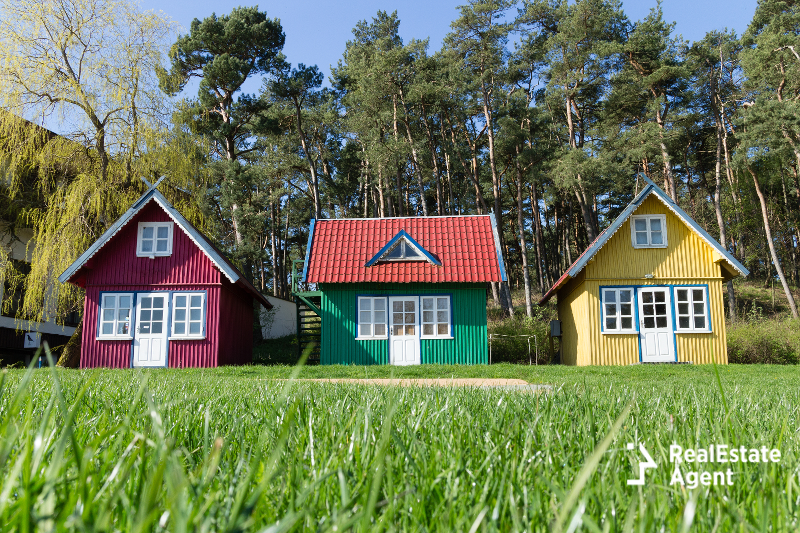





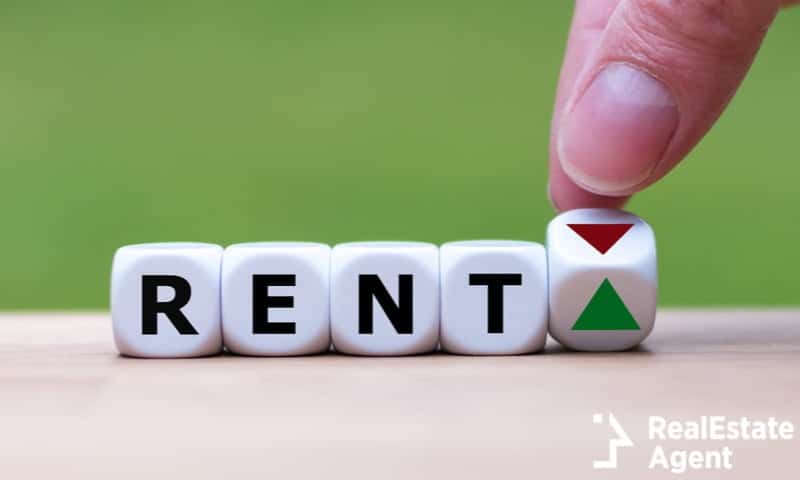

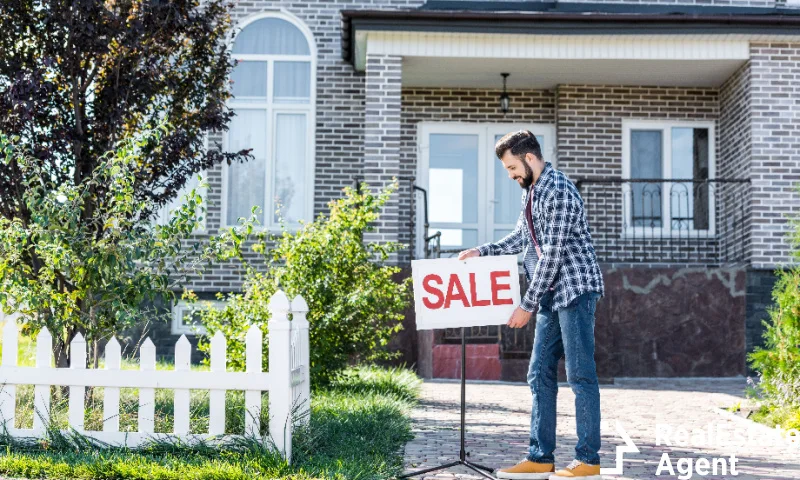
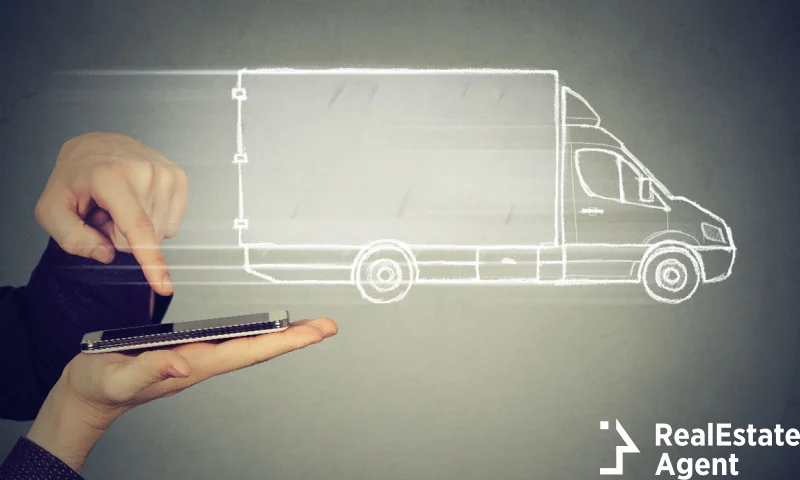
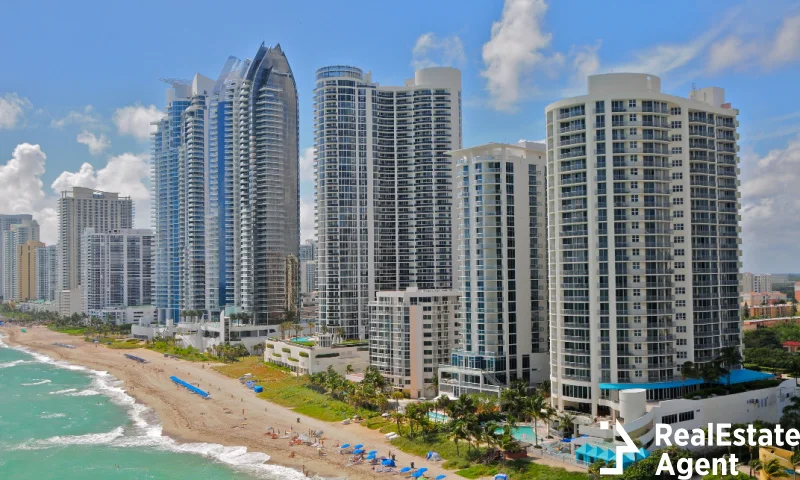


My daughter and her boyfriend are wanting to move out of their apartment and move into a tiny home on wheels in WA. It’s very awesome to read that tiny homes offer lower expenses, less time spent cleaning, and a low environmental impact. This sounds great, so I hope the two of them can get the right tiny home for them.
Hey, Sabrina!
Thank you for your comment! We are excited to hear that your daughter is thinking about relocating into a tiny home. As you already pointed out, tiny homes come at much lower costs, they are easy to maintain, and they tend to be more eco-friendly. Having one on wheels is even better because you get to travel around the US and have the comfort of your own home with you.
You would be surprised to see the ingenuity of some people who created some of the best tiny homes throughout the US, using silos, storage containers, and school buses. Check out that article, and don’t hesitate to share our content on social media. It would help us a lot.